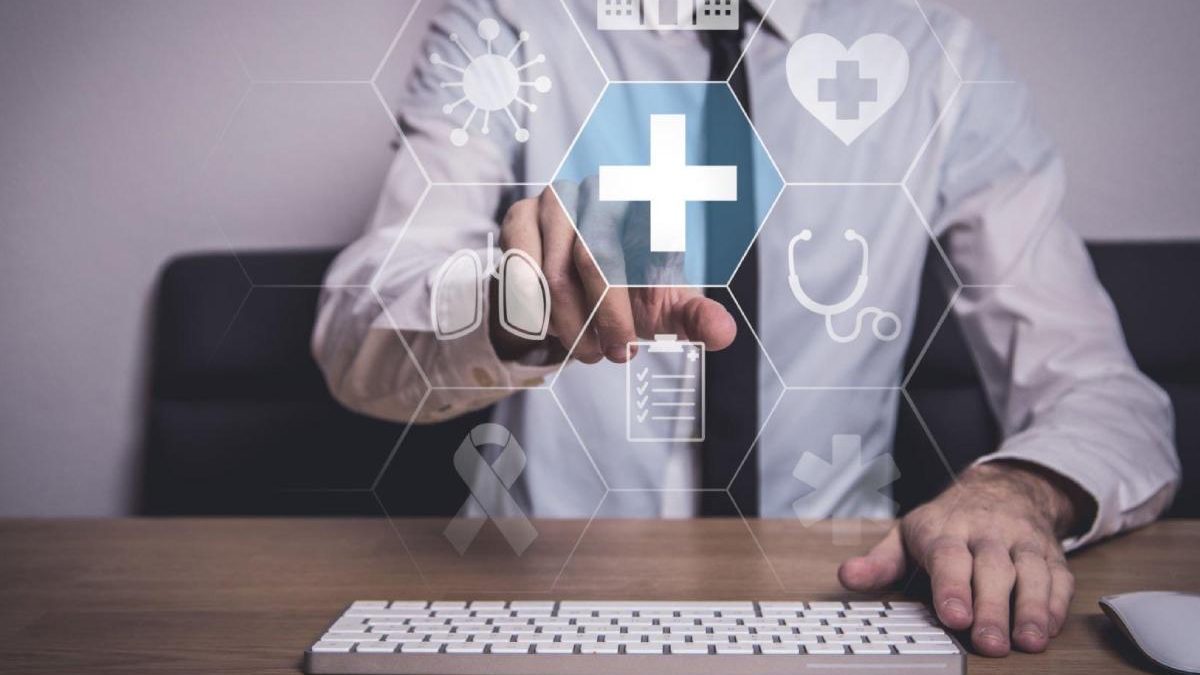The relentless march of technology is leaving no sector untouched, including healthcare. The advent of Electronic Patient Care Reporting (EPCR) software presents a crucial turning point in emergency medical services (EMS) delivery.
EPCR software is a revolutionary tool that digitally records patient data like vital signs, medical history, and administered treatments. It offers many solutions that allow EMS personnel to gather patient information and care details more effectively and precisely than conventional paper-based methods.
Table of Contents
Administrative Control
One of the primary advantages of EPCR software is the augmented administrative control it bestows. This digital tool allows administrators to supervise and manage EMS operations from a single hub. This includes everything from dispatching to patient care, extending even to billing. Real-time data availability facilitates informed decision-making and enhances care quality.
EPCR and NFIRS Documentation
EPCR software also plays a pivotal role in documentation. It aids in delivering accurate and effortless reports for the National Fire Incident Reporting System (NFIRS) and EPCR. These reports are crucial for gauging EMS agency performance, recognizing trends, and preparing for future requirements. The software simplifies generating these reports, conserving precious time and resources.
Cloud-Based Dispatch
EPCR software brings to the fore the impressive capability of cloud-based dispatch. Users can access the software universally and conveniently as it resides in the cloud. This aspect is invaluable during emergencies, where immediate access to patient data can significantly influence the results. Thus, EPCR software plays a pivotal role in enhancing emergency medical outcomes.
Integrated Billing
Apart from its primary function of patient care reporting, EPCR software often seamlessly integrates with billing software. This integration ensures that all patient care information is accurately incorporated into billing, minimizing errors and enhancing billing process efficiency. It also fosters seamless communication between departments, ensuring everyone is aligned concerning patient care and billing.
Personnel Management
EPCR software stands as a powerful asset in managing emergency healthcare personnel. This technology is instrumental in tracking the performance of each EMS professional and providing necessary training and feedback. Furthermore, it aids in organizing schedules and assigning tasks. Consequently, this can enhance productivity and boost the morale of the team.
Vehicle Management
Lastly, it plays a significant role in managing emergency vehicles. In the fast-paced world of emergency services, the software allows teams to keep tabs on their vehicle’s status and location, ensuring swift responses to emergencies. This not only expedites response times but also boosts overall operational efficiency. Beyond tracking, EPCR software helps with vehicle maintenance by sending reminders when due, mitigating unexpected breakdowns, and providing crucial data on fuel usage and other operations for cost and environmental efficiency.
EPCR Software: Paving the Way for Futuristic, Efficient Emergency Care
In conclusion, EPCR software is an essential tool in contemporary EMS operations. It offers numerous benefits, from enhanced administrative control and efficient documentation to seamless billing and effective personnel management. As technology continues to evolve, we can expect EPCR software to become even more central to the delivery of emergency medical services.
As we continue to explore the potential of EPCR software, it’s clear that this technology will play a significant role in shaping the future of emergency medical services. By embracing these advancements, EMS agencies can enhance their efficiency, effectiveness, and, ultimately, the quality of care they deliver. We trust you found this helpful information and appreciate your time reading this.

